This gleaming image of Morocco certainly has the advantage of undeniable commercial effectiveness, but its flaw lies in simplifying the country’s cultural landscape, turning it into folklore for easy and quick discovery, thus obscuring other realities of Moroccan cultural identity whose nature and expression make their inscription into the mechanisms of frenzied commodification difficult.
Behind the towering totems of Moroccan cultural heritage, there remain cultural gems too often overlooked. Behind this simplified vision of heritage and its staging before the amazed eyes of visitors from around the world, there lies the neglect of the diversity of Morocco’s cultural identity. And there is a whole people, and Moroccan youth in particular, who have little knowledge of the breadth and richness of their own cultural heritage.
The shepherd silently fades from Morocco’s identity pantheon
The shepherd in Morocco is one of those cultural gems that often goes unnoticed. Though he roams alone with his flocks of sheep or goats in the massifs and valleys of the country’s vast mountains, he carries in his pack the distant past of all Moroccans, from those ancient times when human communities were nomadic and traversed continents like territories.
He is the living expression of Morocco’s geographical singularity, composed primarily of the majestic Atlas chain, of which he is a natural inhabitant.
He is one of the major genealogical roots of Moroccans, many of whom hail from rural and mountainous Morocco and count a shepherd among their ancestors.
« The shepherd fully belongs to the intangible heritage according to the criteria established by UNESCO. The shepherd possesses a savoir-faire, a relationship with the universe, with nature, and with animals. The shepherd embodies respect for nature, and the knowledge they possess is transmitted within their community. We stand to lose much if we do not take action to revalue this profession. »
Fatima Zahra Salih
Director of the Heritage Masters at the University of Beni Mellal
Today, the shepherd should be a recognized, valued, and protected figure within Moroccan society, just like the carpet weaver or the dancer adorned in their radiant attire.
Instead, fewer and fewer people choose this way of life. Transhumance routes for herds are becoming increasingly scarce, access to water is becoming more difficult every year, the shepherd lacks social status, and there is no support provided by the community to sustain the activity, let alone to encourage its continuation among the younger generations.
The figure of the shepherd is gradually, silently disappearing from Morocco’s identity pantheon.
A collective determination to act
However, some in Morocco have become aware of this fading and have wondered how to counteract this inexorable process that sees, here as in so many other countries, modernity and time eroding entire segments of the cultural fabric of human communities. They may not be numerous, but their intention is sincere, and their approach pioneering.
Firstly, there is the Moroccan NGO We Speak Citizen, already heavily involved in valorizing the most fragile components of Moroccan cultural heritage. After opening a House of Orality in the ksar of Aït Ben Haddou near Ouarzazate, and after promoting the tradition of the argan tree in the hinterlands of Agadir, a focus on the realities of the shepherd was an obvious next step.
Further reading : La Maison de l’Oralité du ksar d’Aït Ben Haddou : une première au Maroc
Secondly, there is a Belgian national, Anne Alaime, who has been living in Morocco for nearly ten years in a region where the shepherd is precisely the central figure: the Aït Bouguemez valley with its high mountains in the heart of the Central High Atlas, at the foot of the M’Goun massif, which rises to 4,071 meters.

Anne became passionate about this valley, and it was evident that she would engage in preserving the local sheep breed, the Tighaline, perfectly adapted to these mountainous regions. The first step was to breed and nurture a carefully selected flock to maximize the inherent qualities of this breed. For this, the expertise of the Hassan II Institute of Veterinary Agriculture was sought. Then, Anne focused on highlighting the particular quality of the wool provided by the Tighaline ewes. Mobilizing the talent of the valley’s women allowed for the weaving of carpets as they were made in the past, with incomparable quality compared to carpets produced from industrial wool.
Along the way, she discovered the harsh realities of the shepherd’s life and understood why many of them dissuade their children from following the same path. Year after year, the toil becomes more challenging. Everything contributes to making the profession impossible to sustain. Everything participates in its disappearance from the Moroccan landscape.
The encounter between Anne and Loubna Mouna, head of the NGO We Speak Citizen, will enable the affirmation of a collective will to act against the disappearance of this shepherd profession, one of the oldest facets of Moroccan cultural heritage.
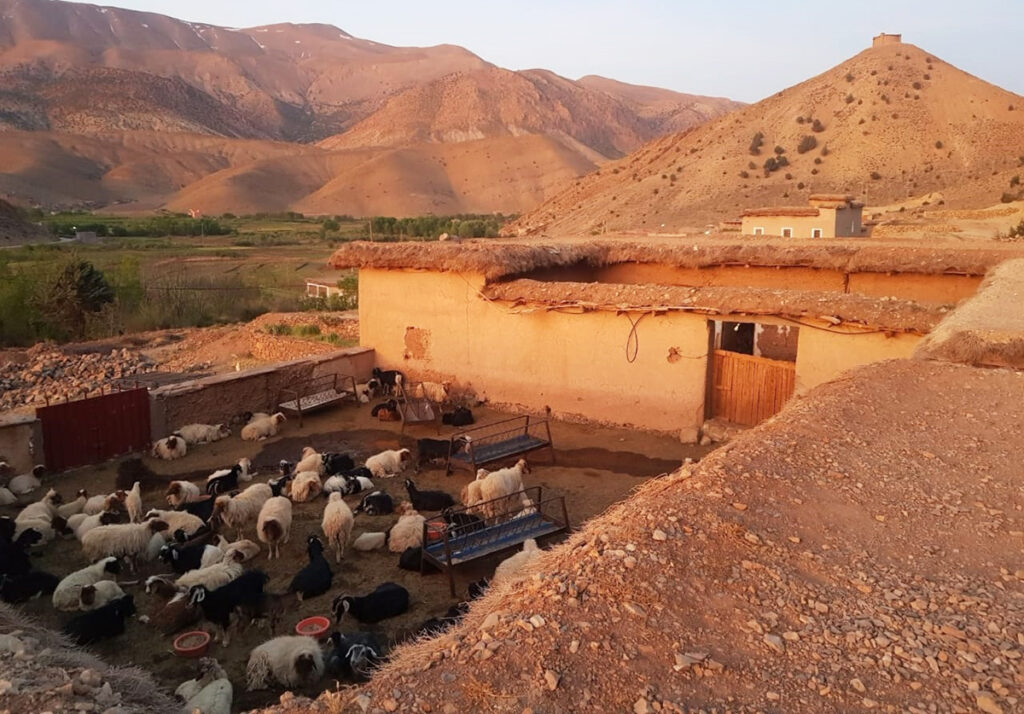
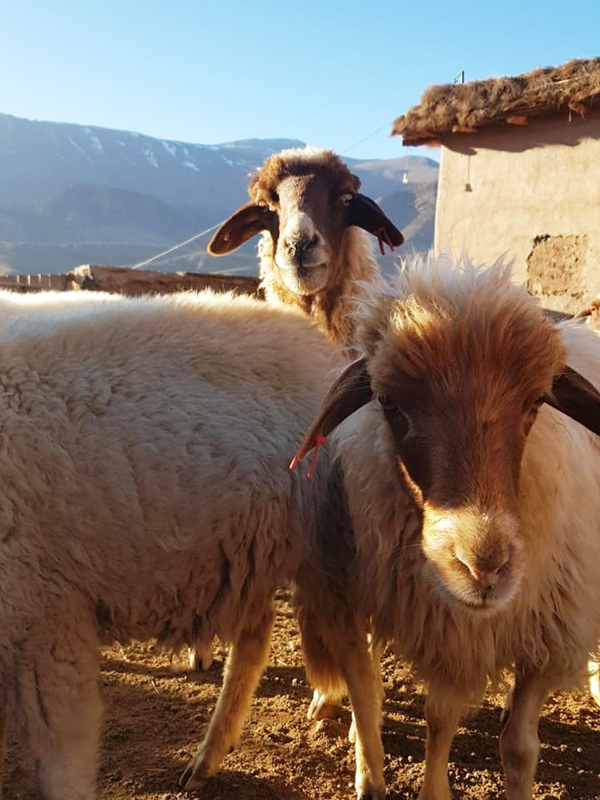
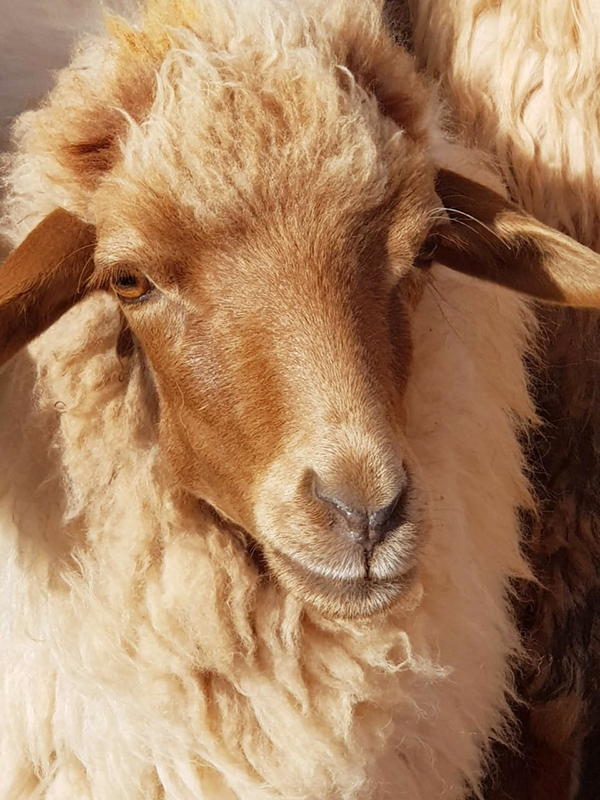
The flagship location of this old profession on the brink of extinction
To address this challenge, the need quickly arose to organize a moment of discovery of the realities and issues at stake. Thus, from May 3rd to May 8th, 2023, at Anne’s project site, in her open-air sheepfold in the village of Imelghas, province of Azilal, at the heart of the Aït Bouguemez valley, the “Shepherd’s Days” were held. These days brought together an audience from major cities in Morocco, sensitive to the protection of Moroccan heritage, as well as academics concerned with pastoralism or rurality, and of course, the shepherds of the valley and others from neighboring territories (such as Lake Isoghar, the Cathedral Valley, Ouzighimt Valley, etc.). According to all involved, these days provided a framework for concrete actions to meet the challenge of restoring the support and means necessary for the sustainability of the shepherd profession.
« These days validated the objective of opening a dedicated third-place for shepherds and pastoralism. The Shepherd’s House must be the flagship location for this old profession sadly on the brink of extinction. »
Loubna Mouna – Director of the NGO We Speak Citizen
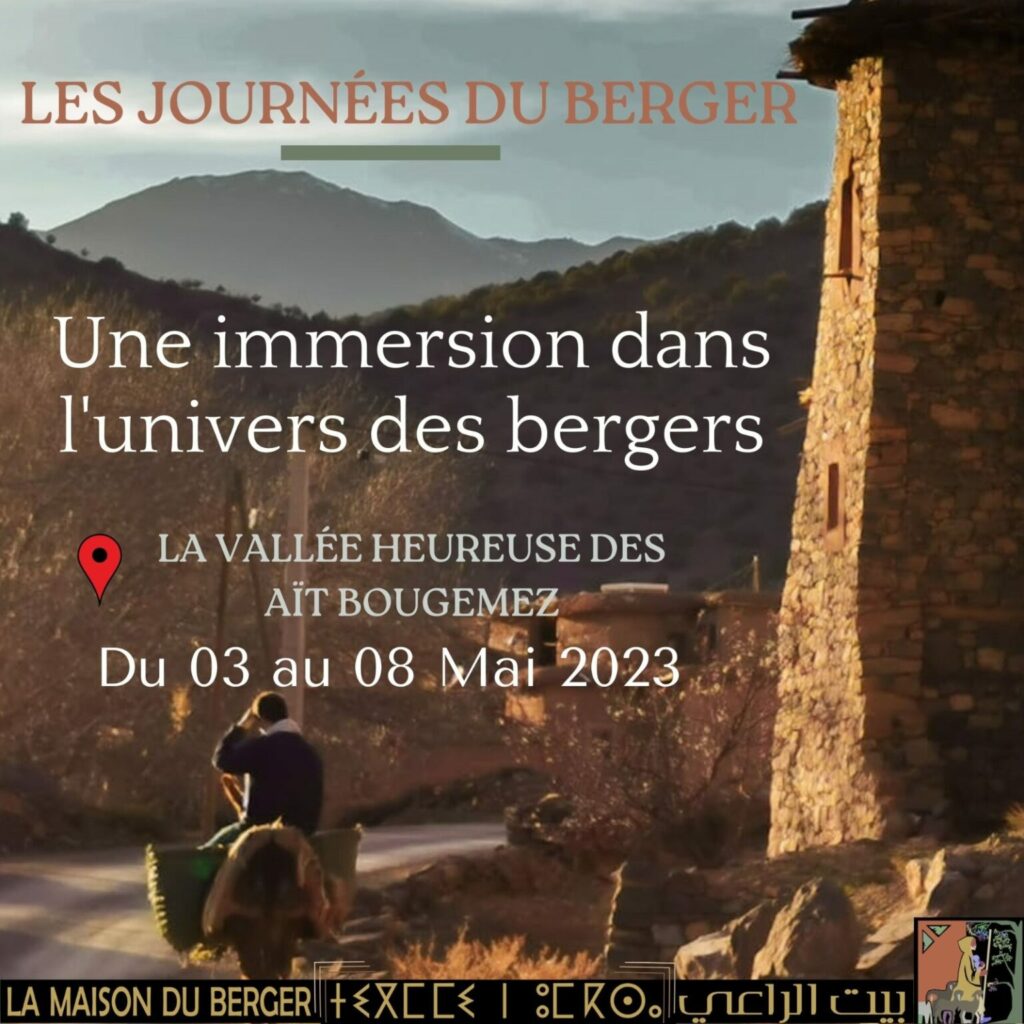
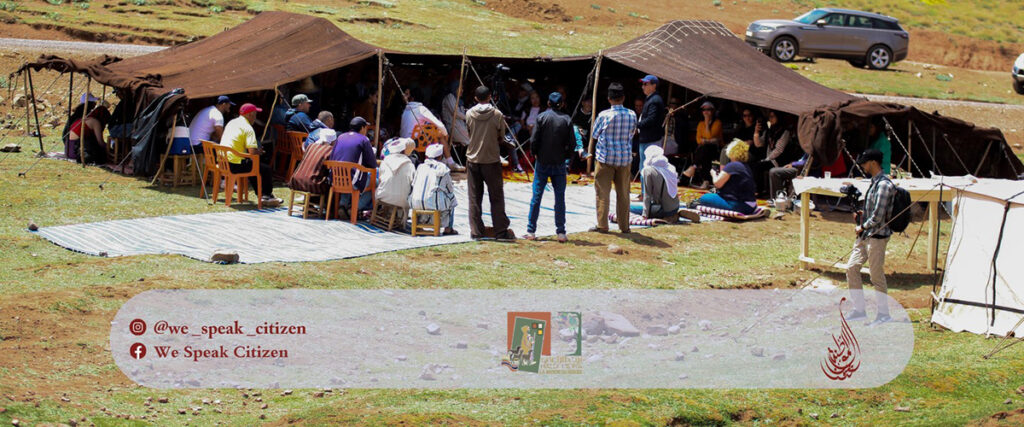
The Shepherd’s House should thus be a multidisciplinary center focusing on pastoralism. Firstly, the primary objective will be to highlight the various aspects of the shepherd’s profession in order to offer future visitors a comprehensive panorama covering both the past and the present, human dimension, professional practices, and traditional uses such as transhumance routes, knowledge of plants, stars, and more.
This house should also serve as a research hub for the future of the profession and therefore support its evolution by addressing issues that shepherds are facing, such as breed selection, improvement of practices, dealing with urbanization, and access to water. A documentary collection should be established to gather all published materials on the subject, and accommodation facilities should be arranged to host research residencies.
An important aspect of the project will be to implement approaches that enhance the value of meat and wool from the Tighaline sheep breed native to the valley, thus strengthening the economic advantage of the high mountain shepherd profession. The carpets woven with this wool are indeed different from mass-produced rugs sold in numerous bazaars across the country.
Likewise, the meat from these high mountain sheep should be marketed nationwide, especially in urban centers, but at a price that respects both the qualitative added value, due to high-altitude breeding and transhumance practices, and the production costs associated with this uniqueness. The project team is already considering the establishment of an official label, such as “mountain-raised animal,” to accompany the meat to the retail points.
Lastly, and perhaps the main objective of the Shepherd’s House project, the place should directly address shepherds to support the continuation of their profession, particularly in the specifics of high mountain practice. The issues faced by these shepherds are concrete and require specific actions: how to provide supplementary food to high mountain herds during the winter season? How to set up water points in these steep areas? How to establish a formal social status for shepherds that could grant access to insurance and retirement benefits? Addressing all these elements may one day encourage young people to join this profession, as has been the case in other mountainous regions of Europe. The Shepherd’s House should fulfill this useful role of advising shepherds and lobbying with the authorities.
The Shepherd’s House project touches upon the essence
The cooperative “Maison du Berger” has come to life. The first flock of Tighaline sheep exists in Anne’s sheepfold. The next steps led by the NGO We Speak Citizen will aim to establish concrete plans for this future Shepherd’s House and then mobilize the necessary partners to implement all components of the project.
Step by step, the project’s leaders, Loubna, Anne, Fatima Zahra, and Younes, advance on this rugged path so that one of the living pearls of Moroccan heritage finally shines at its true value.
They know that the first step has laid the solid foundations for the continuation of this beautiful adventure. Indeed, and from the audience that attended this first edition of the “Shepherd’s Days“, mostly Moroccan and from major cities in Morocco, everyone left with a smile, almost enchanted, as if transformed by this encounter with the world of shepherds.
« This project touches on the essence and has awakened in Moroccans the buried knowledge of their roots and thus their long history. This awakening has uniquely highlighted the questions related to the anchoring of their own existence with their land. »
Anne Alaime
At the end of these dedicated days, the shepherds themselves had smiles on their faces. Returning to the slopes of the mountains alongside their flocks, they must have felt the satisfaction, and perhaps the relief, of finally seeing themselves, if only for a moment, among the participants, a pearl among the multicolored beads of their Moroccan cultural identity.
With the discreet but steadfast hope of one day being seen as a pearl adorning Morocco’s necklace.


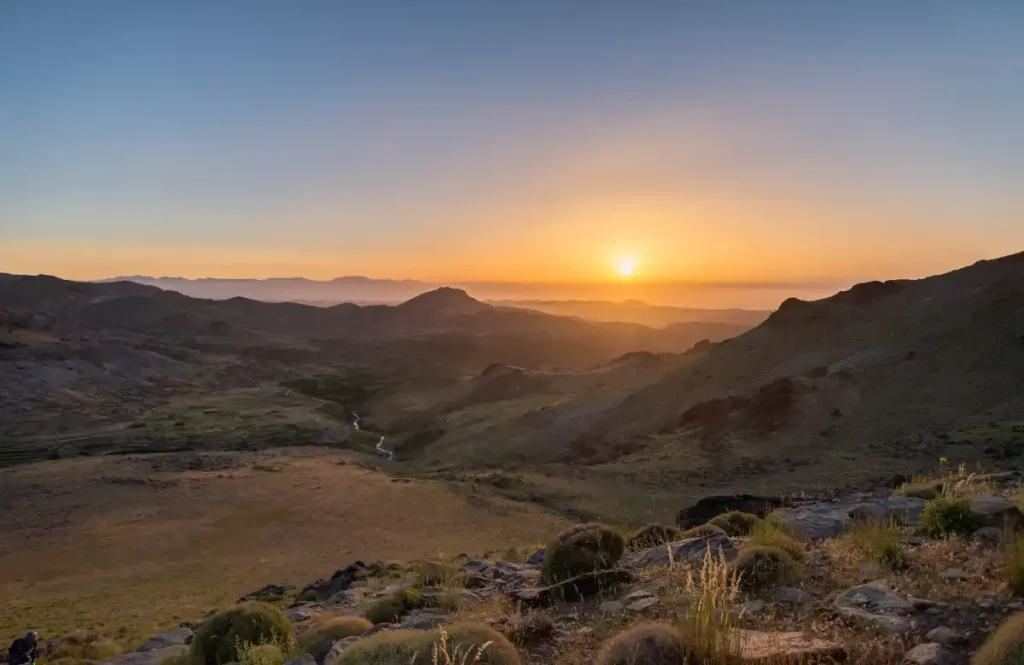
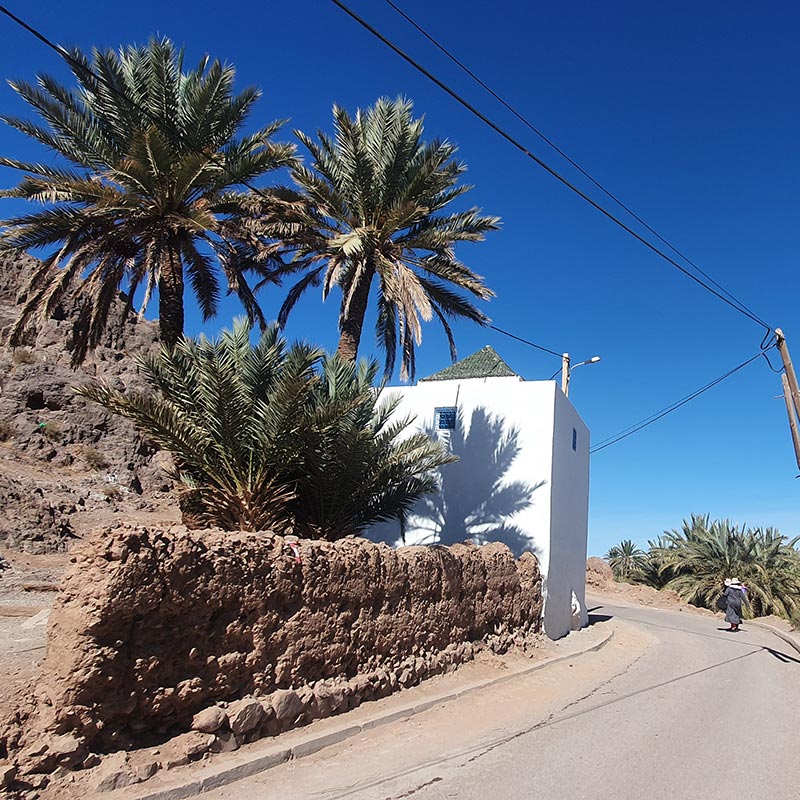
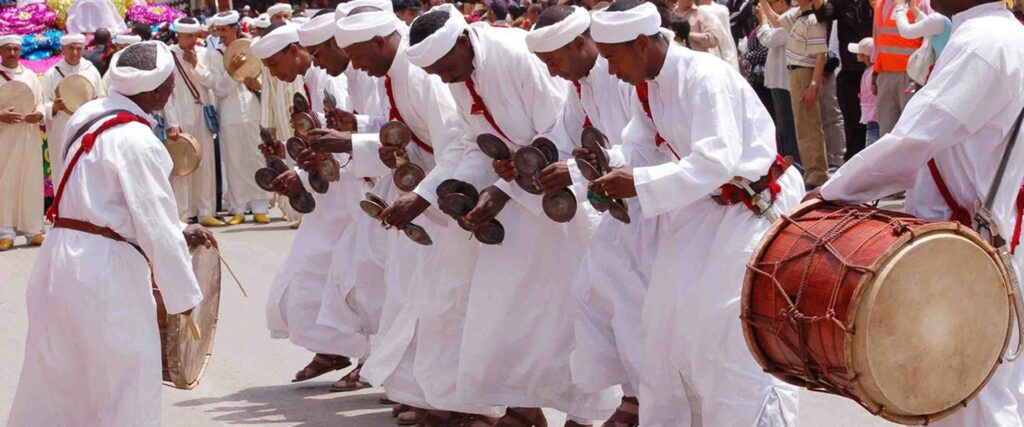

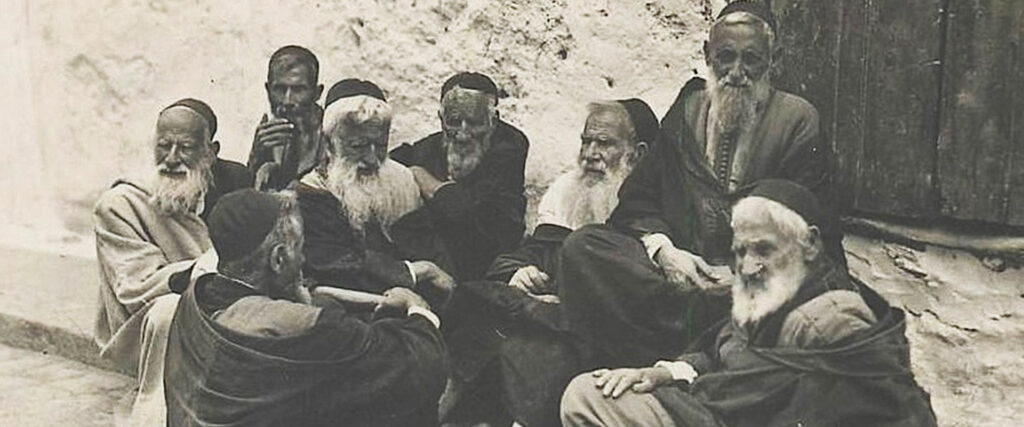

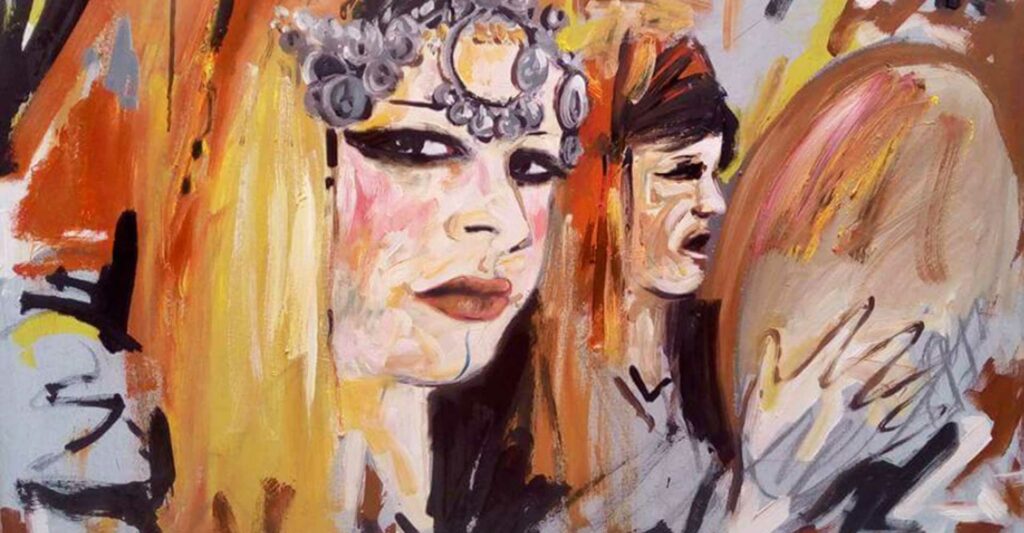
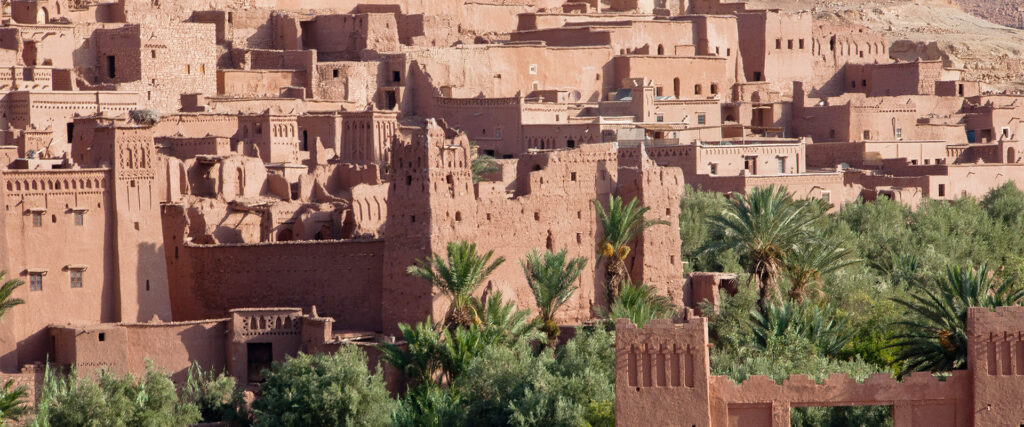
One Response
Thank you for this wonderful and enlightening article, which reminds us of the universal dimension of the shepherd’s figure… Also, thanks to the previous reader for their comment, which provides an opportunity for reflection on the necessary reconciliation between tradition and modernity…